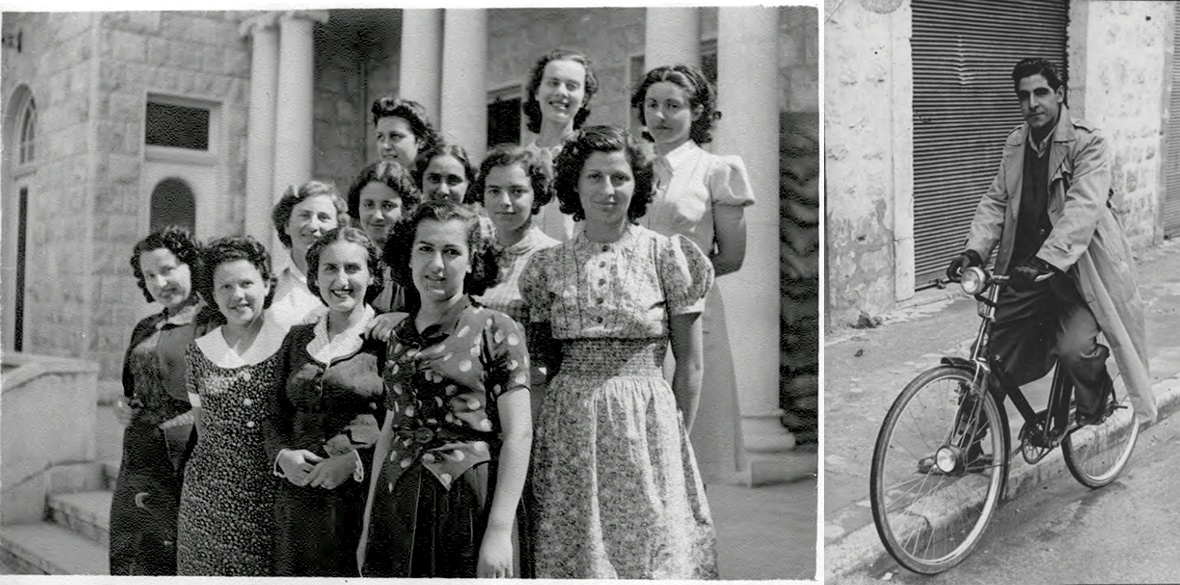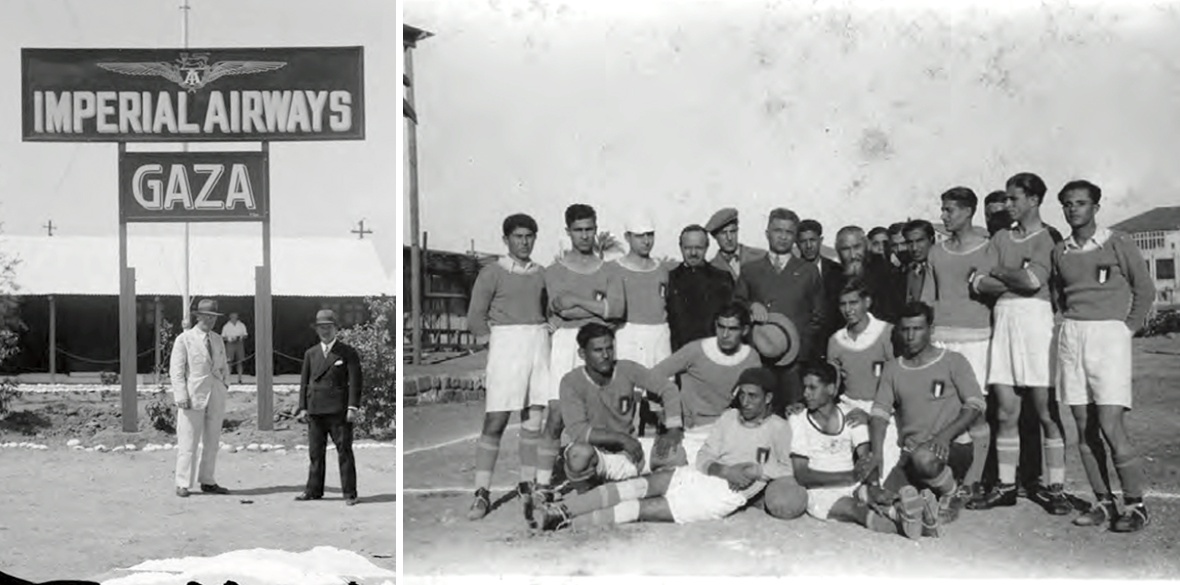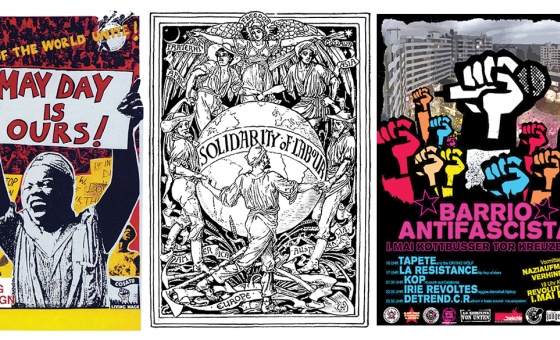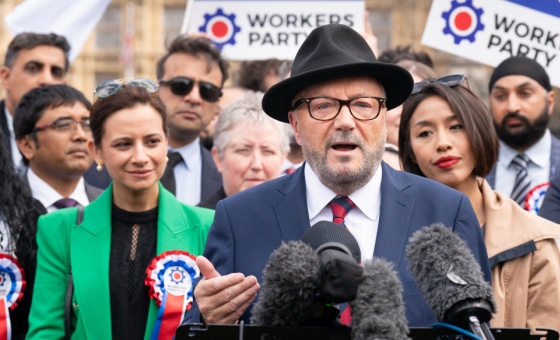This is the last article you can read this month
You can read more article this month
You can read more articles this month
Sorry your limit is up for this month
Reset on:
Please help support the Morning Star by subscribing here
Against Erasure: A photographic memory of Palestine before the Nakba,
Teresa Aranguren and Sandra Barrilaro
Haymarket Books, £35
THIS new book could not be more important at this time when Netanyahu’s Israeli forces in Gaza are carrying out genocide.
It was first published in Madrid by two Spanish women with experience of the Israeli-Palestinian conflict – photographer Sandra Barrilaro and writer Teresa Aranguren – in response to the Israeli version of history which erases all memory of Palestinian society.
Israel’s raison d’être is based largely on the Holocaust carried out in Europe by the Nazis. However, in establishing its existence in Palestine it has consistently attempted to hide the way it eradicated or expelled hundreds of thousands of Arab residents during the Nakba in order to make way for Jewish settlers. The idea of Jewish supremacy created a system that has increasingly confined Palestinians living under occupation, behind the vast West Bank barrier or caged in Gaza, largely unseen by ordinary Israelis.
But before successive waves of Jewish refugees descended on the area and began constructing a separate Jewish homeland, there had been a flourishing, pluralistic community with long traditions and a vibrant culture of its own.
Against Erasure is not the first collection of photos from the era of Ottoman and then British rule, but with the worst Israeli attack on Palestinians since the Nakba, with civilians accounting for the majority of the 28,000 dead in Gaza already, two million people forced from their homes and entire neighbourhoods destroyed together with schools, hospitals and factories, the book provides the evidence of Palestinian life many in Israel like to pretend never existed.
It is a unique, stunning collection of images taken during the late 19th and early 20th centuries and is a testament to the vibrancy of Palestinian society prior to occupation. It tells the story, in English and Arabic, of a land full of people — people with families, hopes, dreams, and a deep connection to their home — before the establishment of an Israeli state in 1948.
Denying Palestinian existence has been a fundamental premise of zionism, which has sought not only to hide this history but also erase any memory of it. But that existence has left traces, and the imprint of a Palestine that existed is still present, even in the absence of those expelled from their lands. It appears in the ruins of a village whose name no longer appears on the maps, in the drawing of a lost landscape, in the lyrics of a song, or in the photographs in a family album.
The photographs in this book are traces of that existence that have not been erased. They are testament not to nostalgia, but to the power of resistance. It reveals the “breadth and richness” of Palestine before the Nakba in 1948. It also reveals a diverse society which goes a long way to counter the zionist narrative that this was “a land without a people, for people without a land.”
In 1948, much of the Arab population fled the port city of Haifa when it was besieged and bombarded by Hagenah, the main zionist paramilitary organisation that later became the core of the Israeli army.
One image shows boys of Hebron’s school for the blind in the early 1940s and the staff of the local hospital; Arab, Jewish and British employees of the Haifa customs department pose on its steps. There are photos from local newspapers showing football teams, school plays and Boy Scout troops. Members of Haifa municipal council — Jews, Arabs and British nationals — line up for an official portrait. A group of women pose for a class photo with their diplomas from teacher training college. We also see the work of Karima Abbud, the first female Palestinian professional photographer who ran studios in Jerusalem and Haifa.
In places, the Palestinian population was murdered, most notoriously in the massacre of Deir Yassin. After a visit to Deir Yassin, Jacques de Reynier, the head of a delegation from the International Committee of the Red Cross, described it as “without any military reason or provocation of any kind; old men, women, children, newly born were savagely murdered with grenades and knives by Jewish troops of the Irgun, entirely under the control of their chiefs.”
Many of the photos in this book were dug out of family archives by historian Johnny Mansour who lives in Haifa and has spent years collecting oral histories and photographs of the Palestinian experience.
He writes: “I firmly believe that while the people of Palestine lost their land, they refuse to lose their history. As one of the children, the survivors, of this people, I know how sincere our relationship is with the land, its past, its history, its images, its documents. Taken together, they return to us what we need the most: our homeland.”












